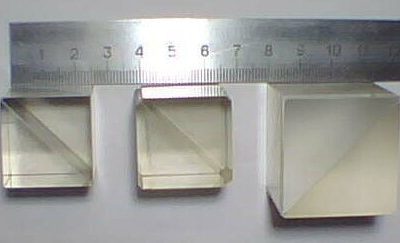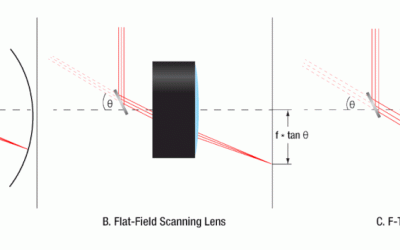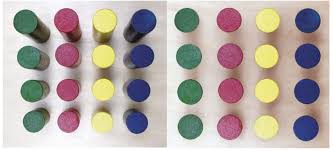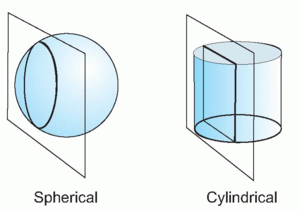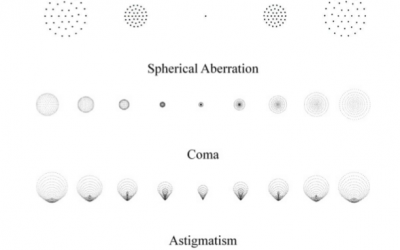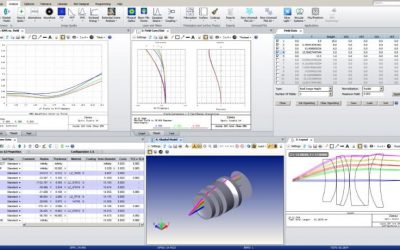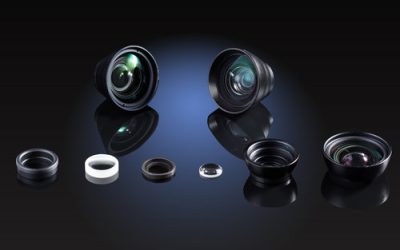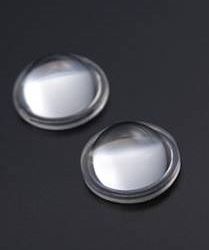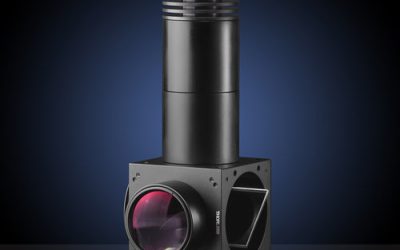When I was a young undergrad engineering student, I always found optics to be a very confusing subject. It was not only the equations, but what it looked like hundreds of different definitions involved in even the simplest of optical systems. Some concepts, like...
optics
Beam Splitters: Explained
by Victor Argueta | FAQ, Optical Components
Beam splitters are a fundamental element in optical systems. Beam splitters are, in essence, optical components used to divide a single light source (usually a laser) into two separate beams. The more common kind of beam splitters (the kind that you can find in most...
The Role of F-theta Lenses in Laser Scanning
by Victor Argueta | lens design, lens design consulting, machine vision
Introduction to f-theta Lenses In the landscape of optical systems, the introduction of f-theta lenses is an important chapter, offering a solution to the challenges posed by traditional lenses in laser scanning applications. As laser technology becomes more...
Telecentric Lens Design: Enhancing Precision in Optical Systems
by Victor Argueta | FAQ, lens design, lens design consulting, machine vision, optical engineering
Introduction to Telecentric Lenses An important goal in machine vision applications is taking measurements in a consistent, accurate, and precise manner. This can include measuring the dimensions of manufactured parts to guarantee they are within the design...
What is Birefringence?
by Victor Argueta | FAQ, optics, optics definitions, science
In a previous post, we explained the concept of a material refractive index in optics in the context of optical design. Something that we didn’t review however is that many materials have two, three (and even more) different refractive indices depending on the...
5 Applications of Cylindrical Lenses
by Victor Argueta | FAQ, lens design, optical design, optics
When thinking of a ‘lens’, most people have the image of a spherical lens in their mind, but there are different geometries for lenses, and one of the most common is the cylindrical lens. What’s the difference between spherical and geometrical lenses? And what...
Mastering Spot Diagrams: Analyzing Optical System Quality | OFH
by Victor Argueta | FAQ, lens design, optical engineering, optics definitions
Introduction to Spot Diagrams As optical engineers, we use different tools and techniques to evaluate the performance of an optical design when simulating the system in a ray tracing program. One of those tools are spot diagrams. They may be a little bit confusing to...
Hiring a lens designer
by John | lens design consulting
Planning to hire a lens design partner to assist with your optical engineering program? Here are a few things to consider. Do you need a lens for illumination or for imaging? The design methods and software tools used for illumination and imaging are different. Many...
Simple optical device for defect detection
by John | machine vision
In industrial applications (including automotive and aviation), small manufacturing defects can lead to expensive or catastrophic failures. Manufacturers rely on human inspection or costly and complex optical systems hardware to detect such defects. Recent advances in...
Difficulty of optical requirements for roadway lighting, ranked
by AnatoliTrafimuk | lens design, optical design
All roadway lamps must be designed according to specific standards. The most popular ones are a US standard called "IESNA RP 8-00 Roadway lightning" and a European one called "CIE 140-2000 Road lighting calculations". In the case of CIE 140-2000, the standard only...
Infrared and thermal optics material selection
by SergeySidorovich | lens design, optical engineering
The selection of optical materials is a critical step in the design of infrared optics. Traditional optical materials (optical glasses and plastics) used in the design of visible radiation optics aren’t suitable due to their high light absorption coefficient in the...
Lens attachments for smartphone cameras
by OlegRybakovsky | lens design, optical design
In the past several years, smartphone cameras have taken a big step forward. The image quality of the best iPhone, Samsung, and HTC cameras is equivalent to low-priced Canon, Nikon, Pentax, and Sony DSLR cameras. Many prefer taking photos with smartphones due to...
The future of mobile optics, Apple patent filings
by SergeySidorovich | Uncategorized
In recent years, a key differentiator among the competing smart phone manufacturers has been their cameras. A quick look at the marketing for the Apple iphone, Samsung Galaxy, LG, Nokia, and HTC smart phones demonstrates how important outstanding camera performance...
Datum Surface In Optical Drawings
by SergeySidorovich | optical design, optical engineering
Updated June 2020. Our recent post described how to read optical production drawings. One of the parameters frequently found in optical drawings, "Datum Surface," should be covered more closely. Datum definition As defined by both ISO and ANSI technical standards,...
Surface texture requirement in optical drawings
by SergeySidorovich | lens design, optical design, optical engineering, optics
Updated June 2020. In our previous article, we discussed how to read optical drawings while in this installment, we will focus on surface finish details. Optical lens performance can be heavily affected by the lens surface roughness. The surface texture symbols are...
Advanced materials for LED optics
by John | FAQ, illumination
Since the start of the LED lighting revolution, plastic optics have been made primarily from acrylic (PMMA), polycarbonate or a modified version of either material (for example PMMI). More recently, silicon-based optical materials have grown in market share. These...
How to specify a custom imaging lens
7 key specifications when working with an optical engineer to design a custom imaging lens for your application. Questions we ask at www.opticsforhire.com that apply to any optics project. Need help? Click here to learn more about our custom optical engineering...

